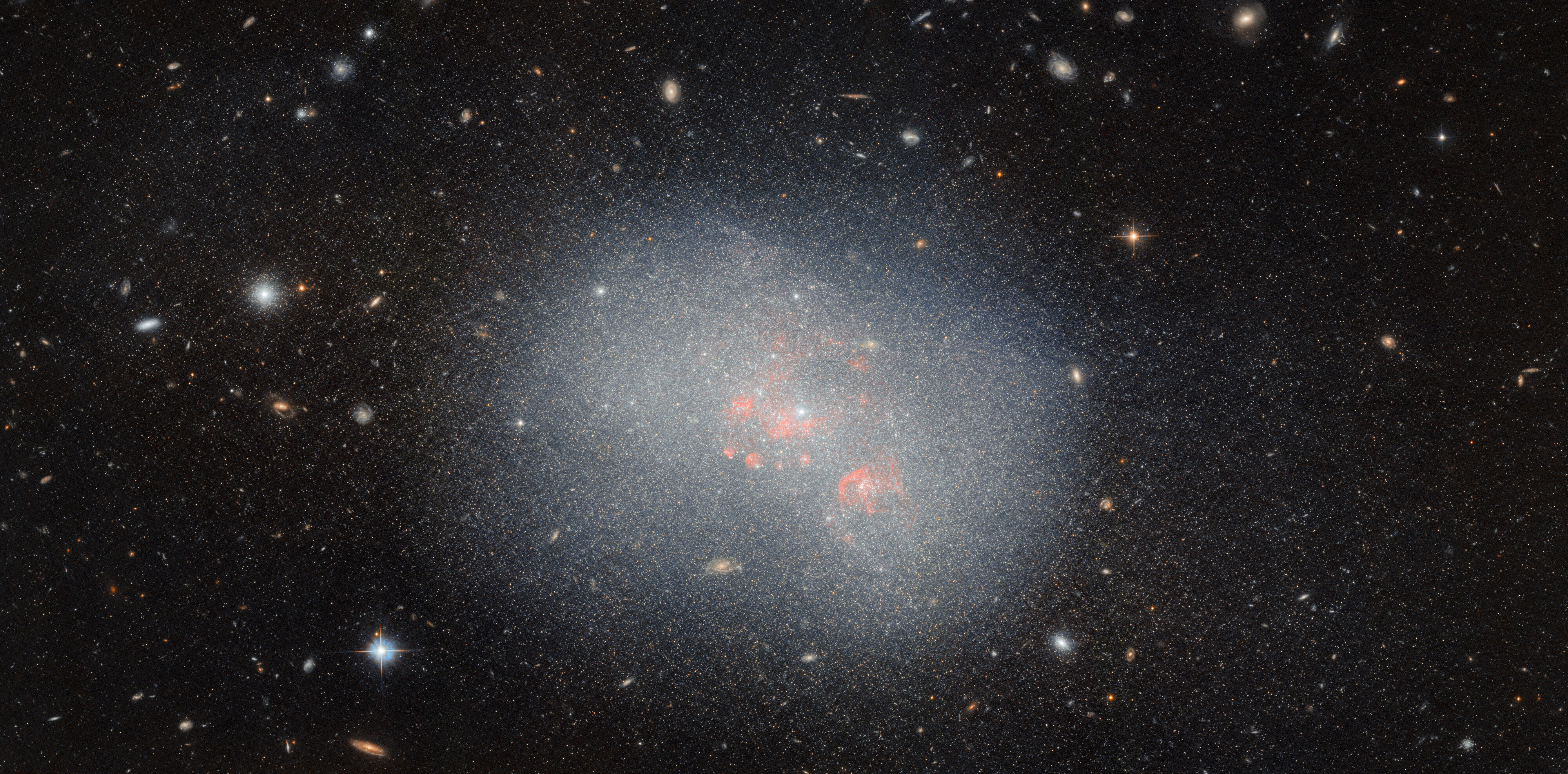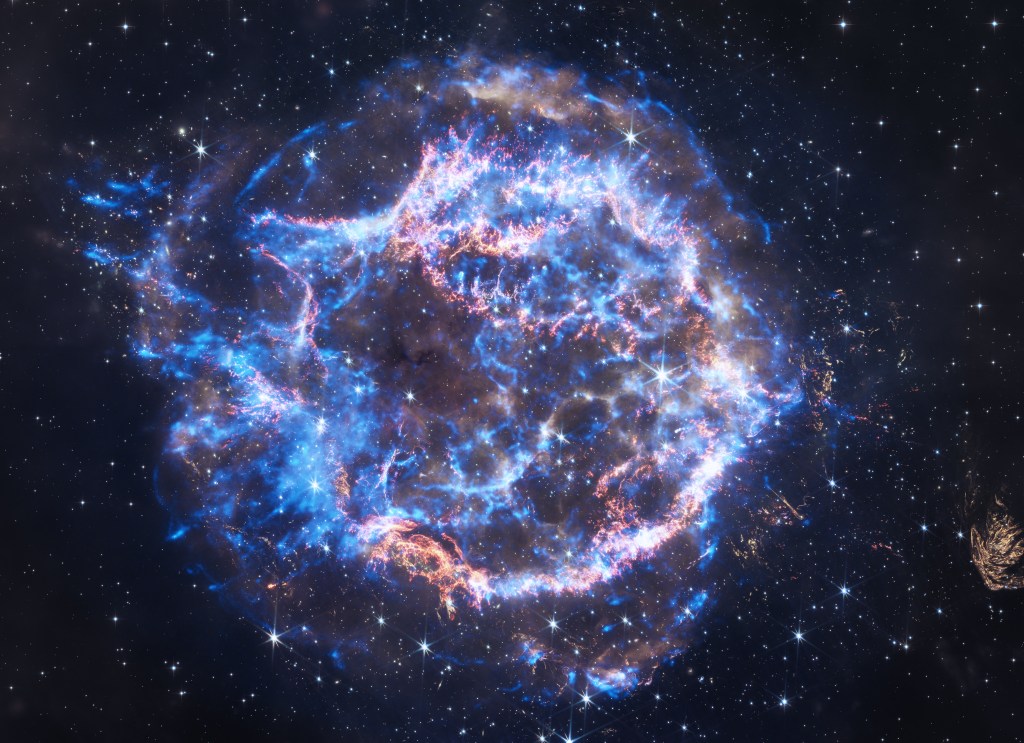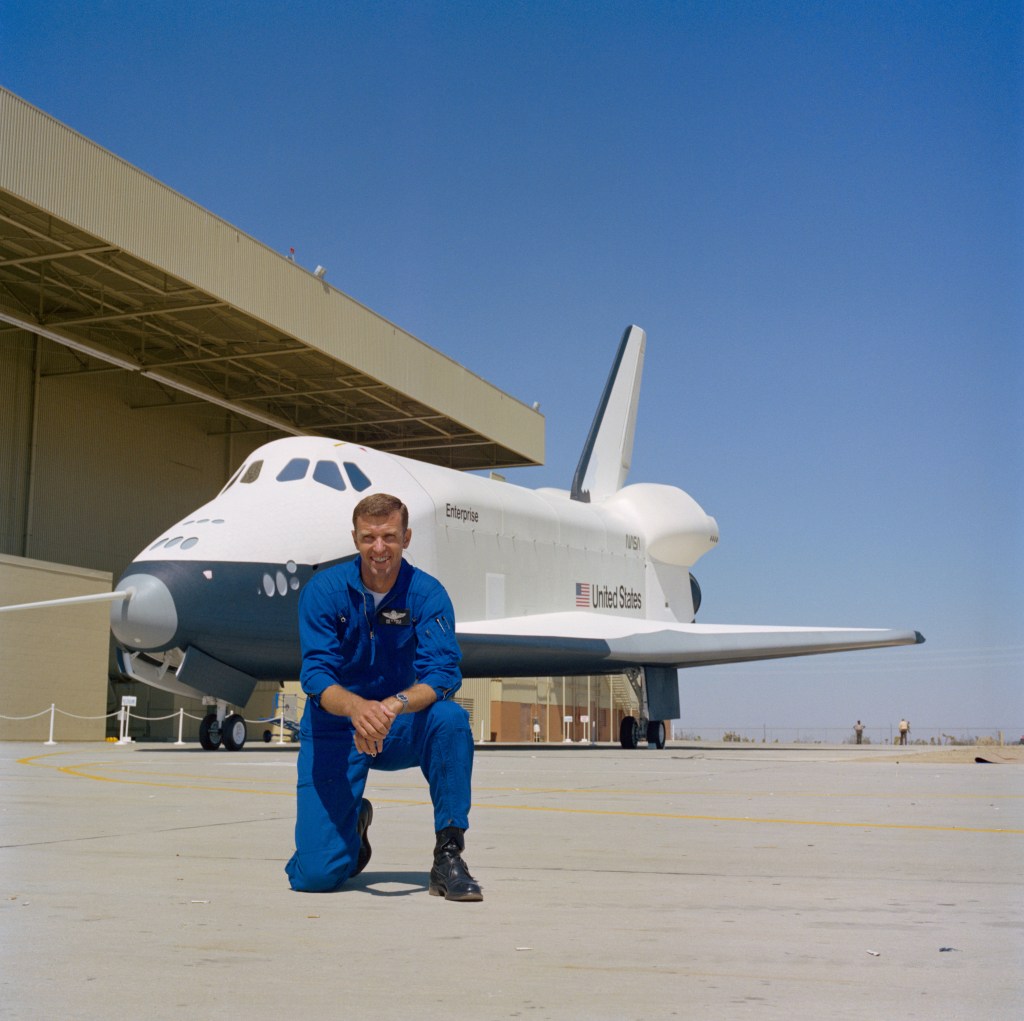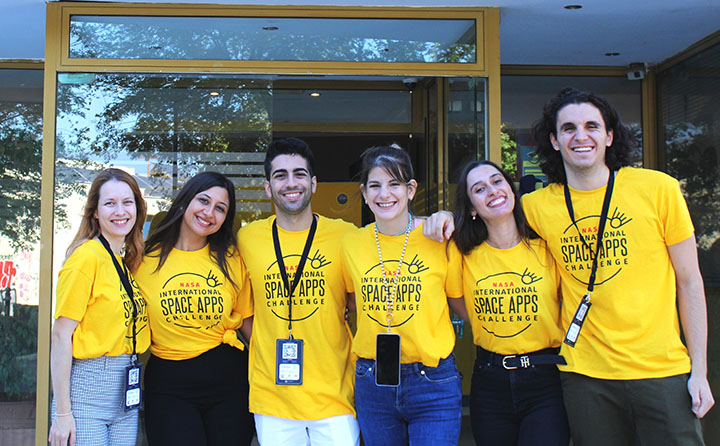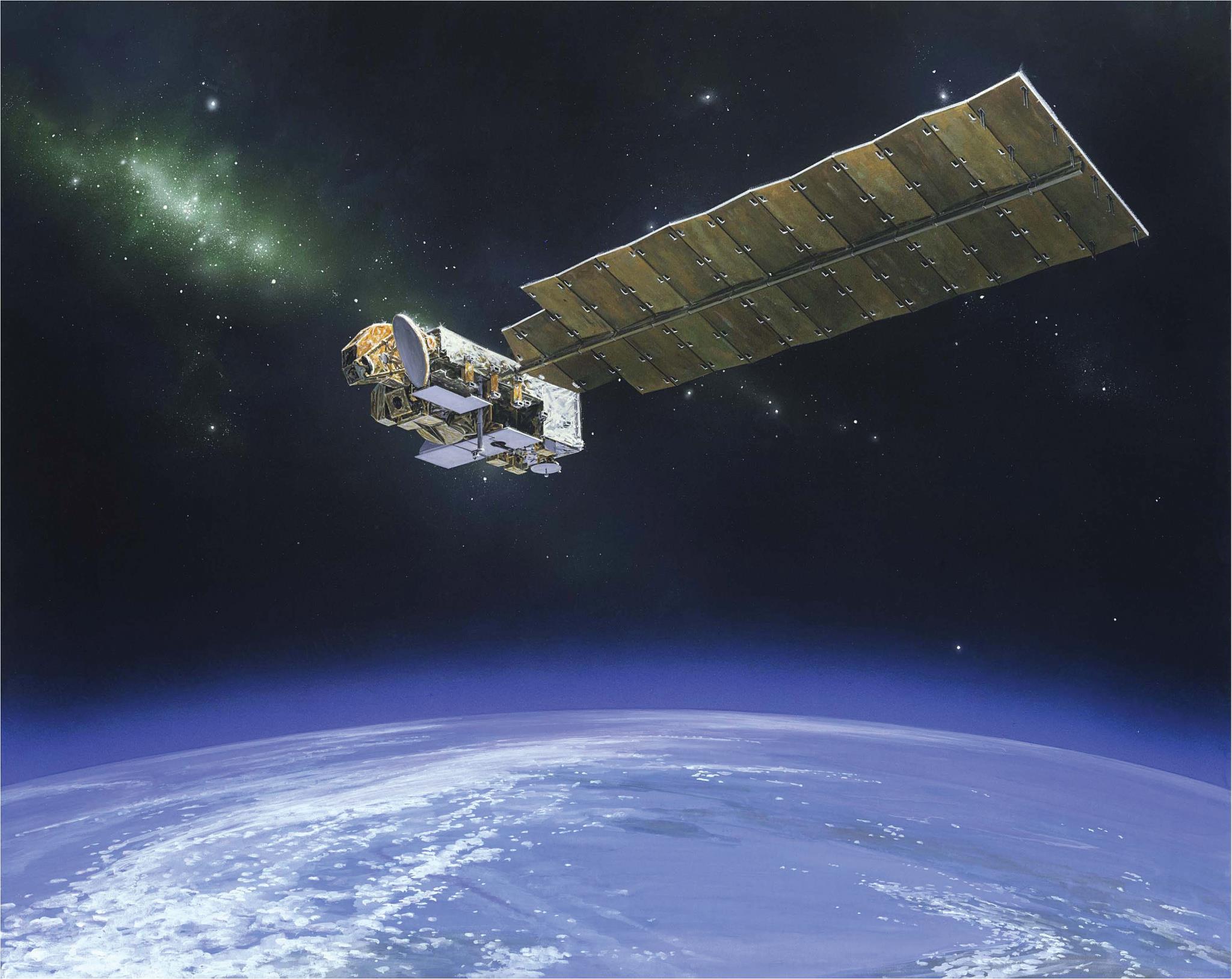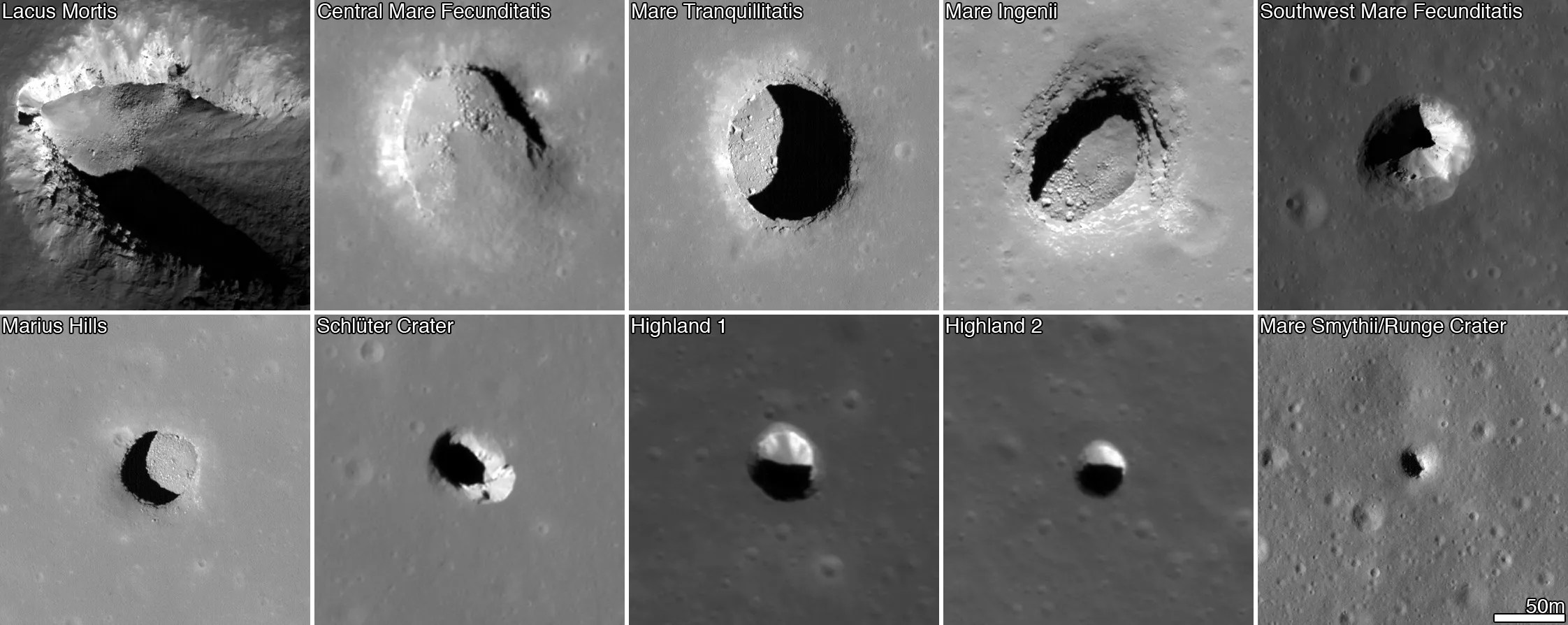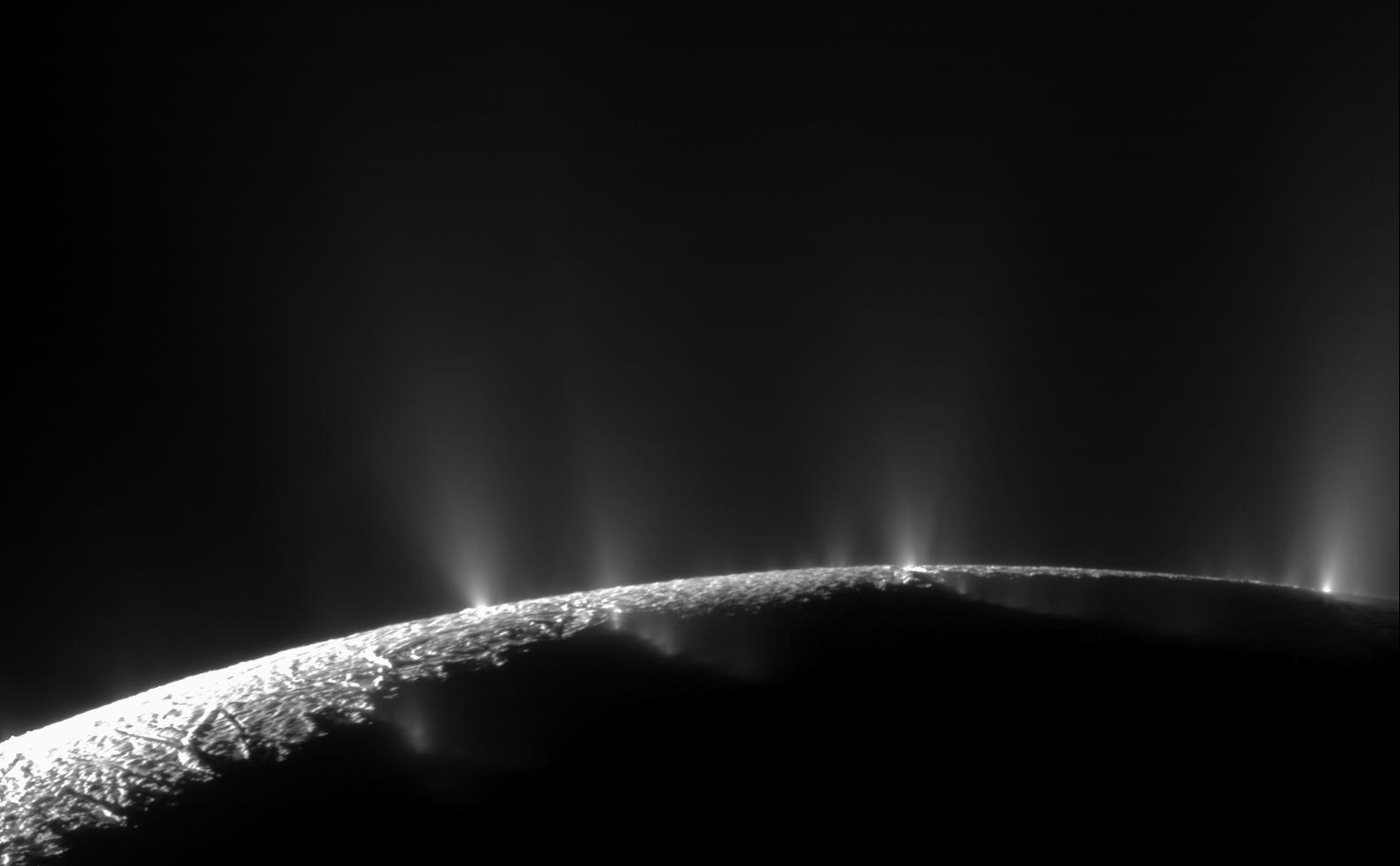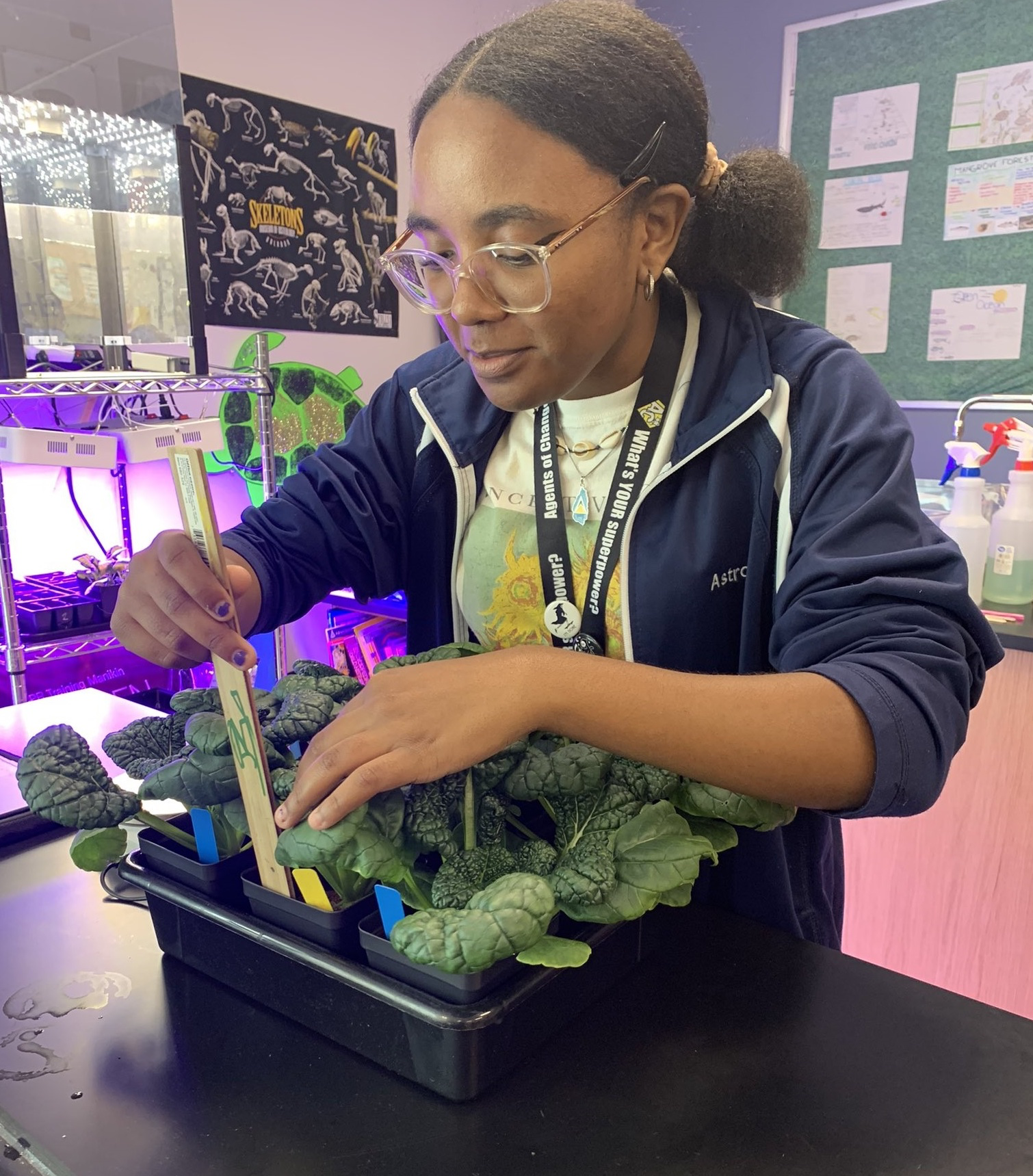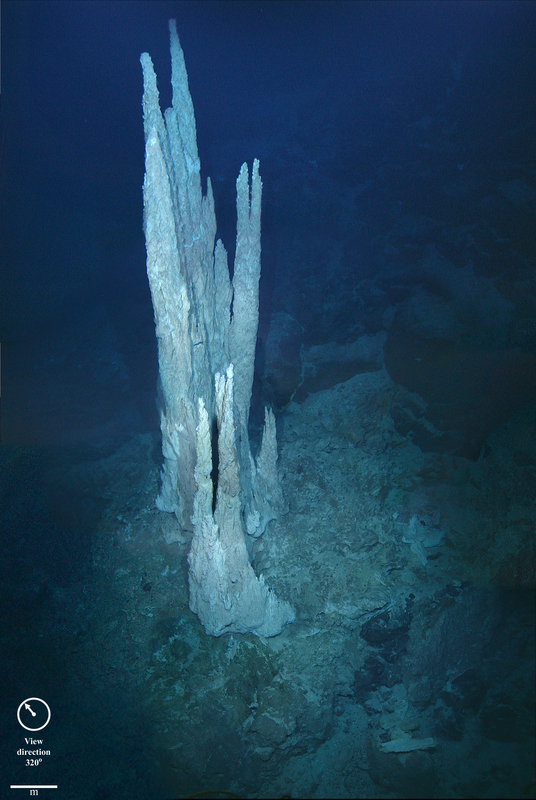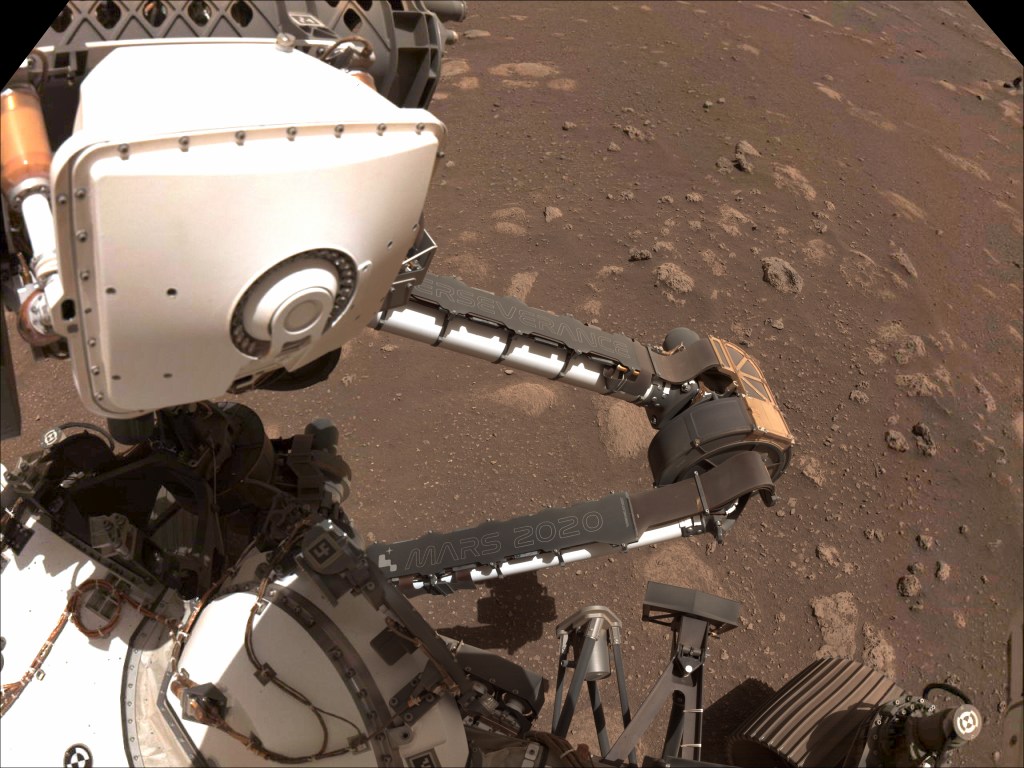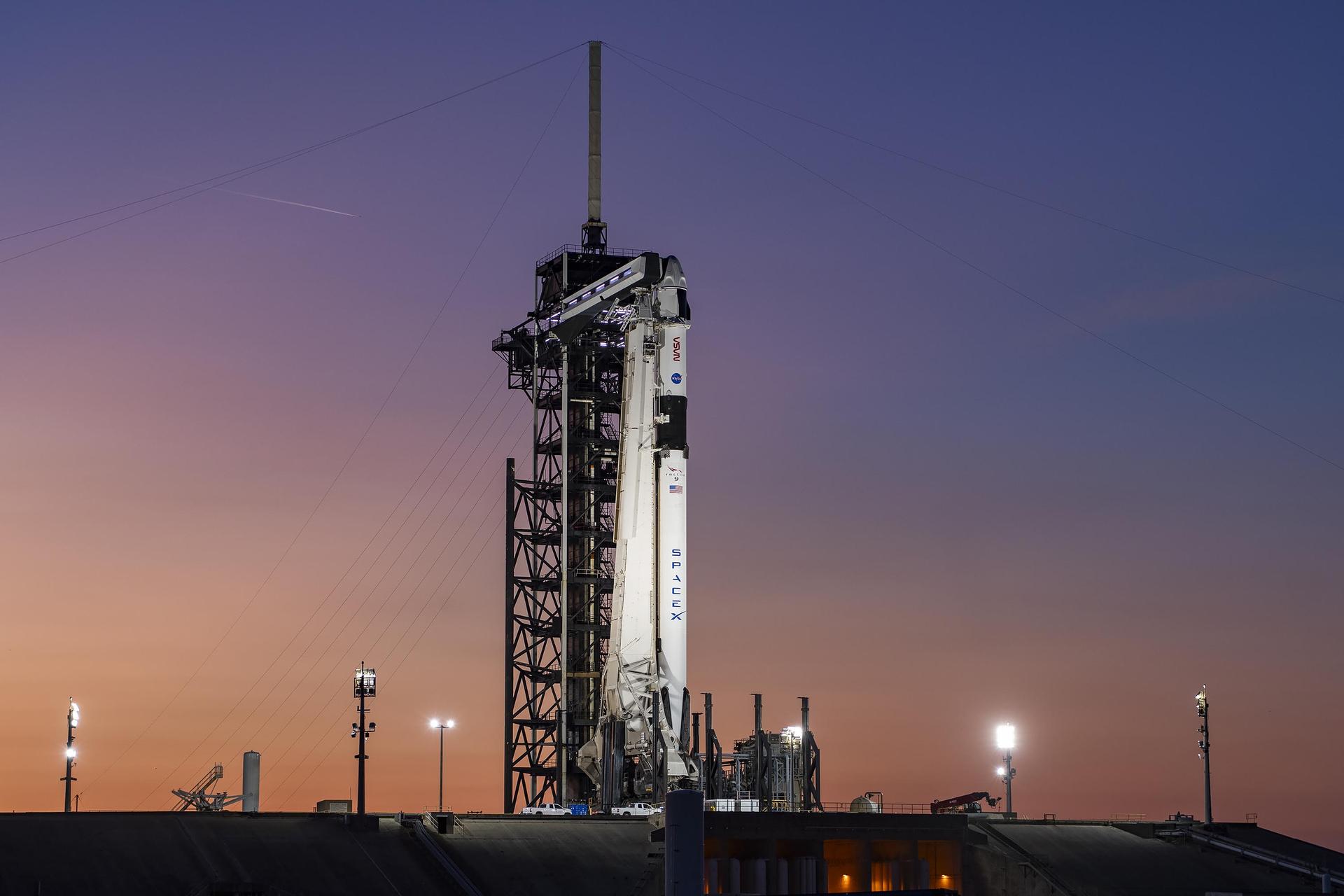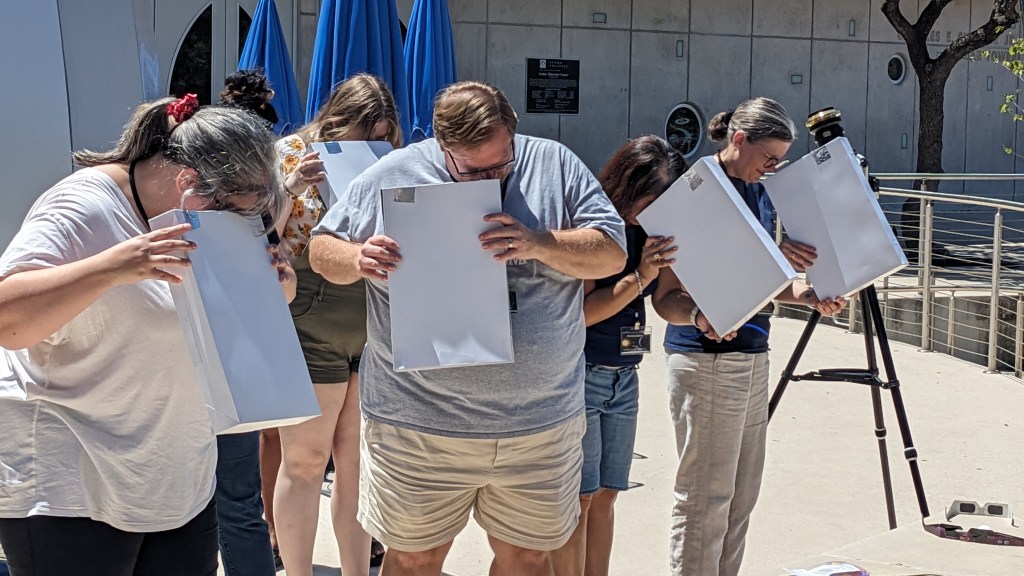NASA News
National Aeronautics and
Space Administration
John C. Stennis Space Center
(228) 688-3341 July 20, 2004 Paul Foerman FOR IMMEDIATE RELEASE
Stennis Space Center, MS 39529-6000
JTE-04-053
NASA News Chief
(228) 688-3341
STENNIS SPACE CENTER PLANTS ‘MOON TREES’ FOR APOLLO 11 ANNIVERSARY HANCOCK COUNTY, Miss. – NASA Stennis Space Center (SSC) is now the permanent home to one of the few Earthlings that has been to the Moon and back.
StenniSphere, the visitor center at SSC, planted a “Moon Tree” on July 20, marking the 35th anniversary of Apollo 11, the first lunar landing. Moon Trees are descended from 400-500 seeds carried to the Moon by Apollo 14 astronaut and longtime Mississippi Gulf Coast resident Stuart Roosa.
The Moon Tree planted at SSC, a sycamore, is dedicated to the next generation of explorers, so they “may follow in the footsteps of the Apollo astronauts, and be inspired to reach for the stars.” Around 40 local children from StenniSphere’s summer session of Astro Camp helped fulfill this mission by turning the soil for the planting.
StenniSphere presented four additional Moon Tree saplings to the garden clubs for planting across the Stennis region.
Roosa was inspired to bring the Moon Tree seeds aboard Apollo 14 from his experience fighting fires as a smoke jumper for the U.S. Forest Service. He later joined the Air Force before his selection into the astronaut class of 1966, and when Apollo 14 launched Jan. 31, 1971, he took the seeds in his personal kit that stayed with him as he orbited the Moon in the command module “Kitty Hawk.”
Upon the seeds’ return to Earth, they were germinated by the U.S. Forest Service at stations in Gulfport, Miss., and Placerville, Calif. The resulting seedlings were planted in locations across the United States, including local sites like the River Walk in New Orleans, La.; at the Forestry Commission Nursery in Waynesboro, Miss.; and on the campus of Mississippi State University in Starkville.
After the Apollo program ended, Roosa continued working on NASA’s Space Shuttle program until his retirement as a Colonel in the Air Force in 1976. He lived in Gulfport until his death in 1994, and his family members still maintain homes on the Mississippi Coast.
SSC played a vital role in the Apollo program. In May 1961, President John F. Kennedy challenged NASA and the nation to land Americans on the Moon and return them safely to the Earth before the end of the decade. One year later, NASA announced the decision to establish a site in Hancock County, now Stennis Space Center, to test the first and second stages of the Apollo program’s huge Saturn V rocket. This began with a static test firing on April 23, 1966, that filled the south Mississippi sky with a vapor cloud from the 1-million-pound-thrust, liquid hydrogen-fueled booster. The S-II used a cluster of five J-2 engines as its power plant.
When Apollo 11 launched from Kennedy Space Center on July 16, 1969, and landed on the lunar surface July 20, one-fifth of the world’s population sat spellbound in front of their televisions, as Astronauts Neil Armstrong and Buzz Aldrin walked on the lunar surface, while Michael Collins orbited the Moon in the command module. The three were safely transported more than 239,000 miles by a space vehicle whose boosters were tested at SSC.
A new stage play was also unveiled in honor of the Apollo anniversary. “The Eagle has Landed,” produced in partnership with WINGS, the children’s performing arts division of the Lynn Meadows Discovery Center in Gulfport, Miss., will continue at 11 a.m. each weekday through Aug. 3.
As part of the July 20 events, StenniSphere also launched a new Apollo exhibit that transports visitors back in time to trace the history of the program and explain SSC’s important role in sending Americans to the Moon. Items on display include an authentic Moon rock, Apollo-era spacesuits and other displays honoring the Apollo program and its achievements.
StenniSphere offers free tours of America’s largest rocket test complex, where engines were tested for the Saturn V moon rockets, and where all Space Shuttle Main Engines are tested today. Visitors begin their journey at the Launch Pad at the I-10, Exit 2, Mississippi Welcome Center.
Admission to StenniSphere is free. Hours are 9 a.m. to 5 p.m. daily through Labor Day Weekend. Winter hours are Monday through Saturday, 9 a.m. to 4 p.m. StenniSphere is closed all major holidays.
-END-
News releases provided by NASA’s Stennis Space Center are available at https://www.nasa.gov/centers/ssc/news/newsreleases/2004. For more information, call the NASA Public Affairs Office at Stennis at 1-800-237-1821 in Mississippi and Louisiana only, or (228) 688-3341. SSC plants Moon Trees for Apollo 11 anniversary Page 3 of 3 1
-MORE-
2004 News Releases



